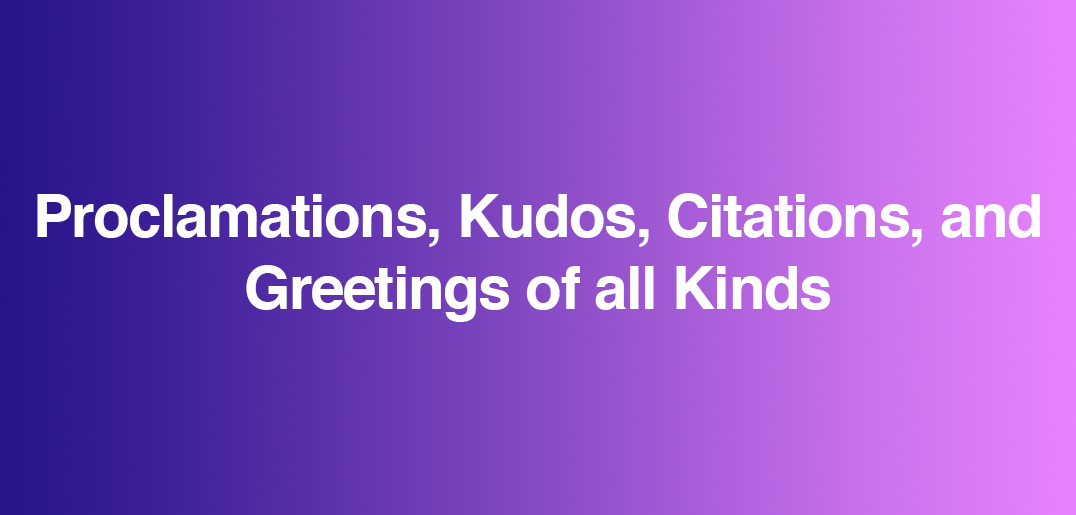Many Americans are scrambling with video cameras, tape recorders and other high-tech tools to chronicle family histories before the memories are gone. When relatives share their histories, think how fascinated you are. Then, watch the children’s faces as they, too, find it intriguing. That look of astonishment on your kids’ faces means it’s time to make sure you record the stories for them to enjoy later.
Best-selling memoirs like Tom Brokaw’s The Greatest Generation, Frank McCourt’s Angela’s Ashes and the wonderful Having Our Say: The Delany Sisters’ First 100 Years have fueled the fire. Memoirs don’t have to be difficult-to-read genealogy but rather can employ all manner of new media. Ordinary folks are becoming writers and moviemakers by publishing their works in limited quantities for current and future generations. These are generally parochial efforts of interest to extended family members.
Baby boomers hearing, learning and appreciating their parents stories of the Depression and World War II can be very interesting (true) tales. Everyday life stories can produce eye-opening experiences. Children will be amazed to realize what things cost as little as 50 years ago and how people lived without TV, DVD players, CDs, microwaves, computers, video games and many other things we now take for granted.
Like reunions, memoirs maintain a connection among generations and are an antidote to anonymity. Your grandchildren and their grandchildren will know you through memoirs. Tell it like it is, be a good listener and you can make an immortal collection of memories.
There are many ways to incorporate memoirs into your reunion:
- Read stories from them.
- Use them to create re-enactments of ancestors’ lives.
- Sell copies to help finance your reunion.
- Make them a permanent part of your reunion or family archives.
Living trees help preserve reunions
Trees are a prominent theme, logo and design idea for reunions and can also be used in different ways. Living trees as prizes make memories but are lovely only for members who have a place to plant them. A small tree in a pot that can be put on an apartment balcony or terrace works well if there is no earth in which to plant one. Cuttings or grafts for those clever enough to know what to do with them can extend a family’s connections even further.
Karen Naedler, Hopatcong, New Jersey, reports that her Cousin Connection Reunion awards a “family tree” to the person who selects the number closest to the count of peanuts in a large fish bowl. The tree is growing and suitable for transplanting in October (when they have their reunion).
The 147 attendees at the Navy Destroyer USS Ingersoll reunion each donated $1.00 to plant 147 Blue Spruce Trees at Snowmass, Colorado, as part of the Plant-It-2000 Program. This idea works well for any type of reunion: plant trees in the name of grandchildren, ancestors, fallen comrades and deceased classmates.
Margurite Tibben reported that her Skinner/McQueen Family Reunion planted and dedicated a tree to her parents, Bill and Leona Skinner, in the park where they held reunions for nine years. They chose a Liquid Amber to commemorate autumn, a favorite time of year for both parents. A plaque in red granite imbedded in a stone reads “The Family Tree, Its Roots an Ancestry, Its Limbs New Generations.” Skinner grandsons dug the hole and placed the plague.
How do you incorporate trees in your reunion?





